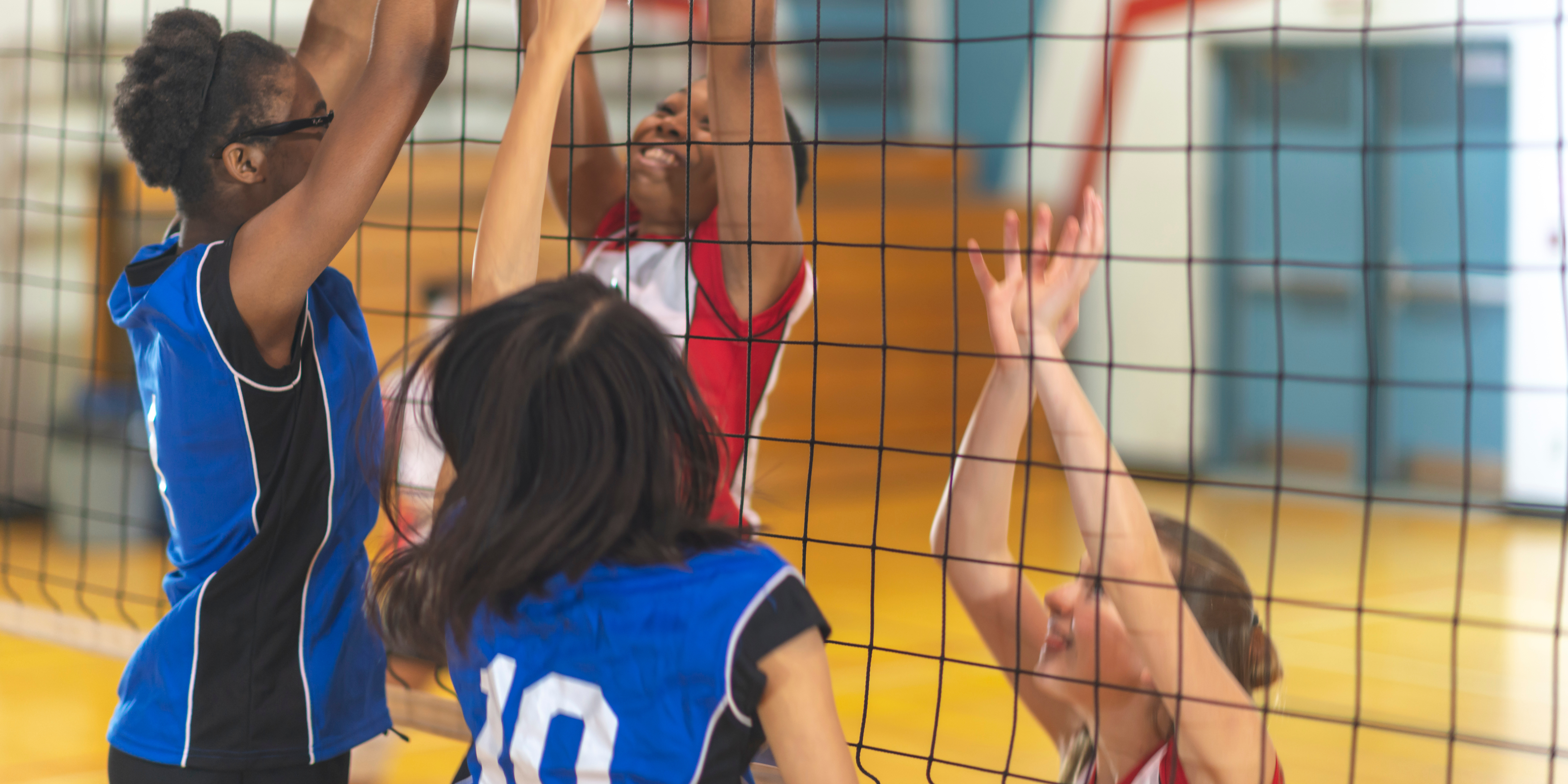In-season training is incredibly important to the health, longevity, and power of an athlete. Many youth athletes eliminate strength training when the competitive season approaches. Some feel stressed for time, others’ motivation has shifted to competition, and many aren’t sure how to time training and rest.
The time high school athletes used to spend training in the off-season is now over-filled with year-round practices, travel teams, and extra skill work. These athletes feel they must spend all their time honing their craft and undervalue strength training in the process.
The truth is simple. Athletes who refuse to maintain appropriate seasons of strength training will see a decline in performance. Limiting training or ignoring it entirely sets up the athlete and the team for failure.
Here is what we know happens when training isn’t maintained.
-Detraining becomes evident after four weeks. Athletes begin to be unable to perform skills requiring strength and power as proficient as they did at the end of the conversion phase (Bompa 1993a).
-Muscle fibers decrease to their pretraining size, resulting in a strength and power loss (Staron, Hagerman, and Hikida 1981; Thorstensson 1977).
-Loss of strength also results from decreases in motor unit recruitment. The athlete fails to voluntarily activate the same number of motor units as before, which causes a net decrease in the amount of force that can be generated (Edgerton, 1976; Hainaut and Duchatteau 1989; Houmard 1991).
-Power decreases ensue because the rate of force production depends on the firing rate.
Why train hard five days of the week for three months to suddenly stop training altogether? Creating a comprehensive year-round training program is incredibly important for achieving long-term goals in athletic development.
The primary objective for sport specific training is to prepare the athlete to reach peak performance at a certain time of the year, usually the main competition window during their season. The entire training program must be properly periodized so the development of skills and motor abilities proceeds in a logical fashion. This is broken down into four phases:
- Off Season/General Physical Preparation phase (GPP); primary focuses are anatomical adaptation, hypertrophy, and correcting muscle imbalances/compensations.
- Pre-Season/Specific Preparation/Pre-Competitive Phase (SPP/PCP); primary focuses are max strength and power development.
- In-Season/Competitive Phase (CP); primary focuses are energy system training, routine specific development, strength/power development and maintenance.
- Post-Season (transition).

Training goals in the off-season can be broadly described as general strength training, hypertrophy, movement/technique preparation, healing any injuries, and restoration of movement compensations.
Pre-season goals begin to specify focuses on injury prevention, conditioning development, strength and power training tailored to the demands of the sport.
In-season we seek to maintain these qualities. This is the time we want our athletes to be at peak performance.
Intelligent resistance training is essential for reducing injuries. Research shows it can reduce sports related injuries by 1/3 and overuse injuries by 1/2 (Lauersen, 2014). If you stop training long enough that your strength begins to decrease, you may be opening yourself up to performance diminishing aches or a full blown injury. At least one strength maintenance session per week is necessary to maintain the majority of strength gains and power output reached during preparation (Graves et. al. 1988; Wilmore & Costill 2004; Ronnestad et al. 2011).
By periodizing training properly athletes are able to get the rest they need during competition windows, make strength gains year round, see reduction in injury risk and as a result see improved performance.
